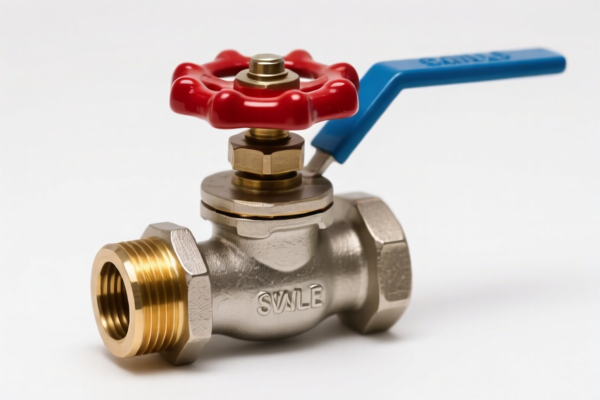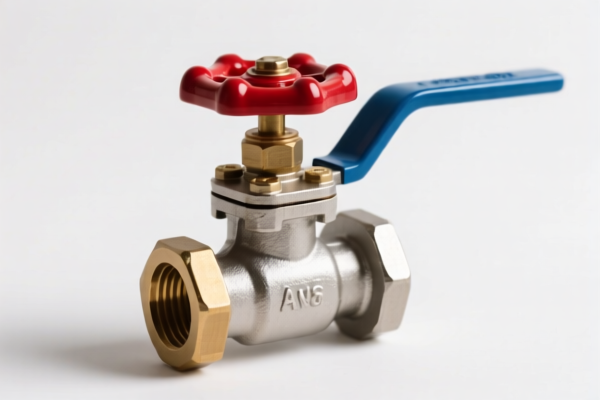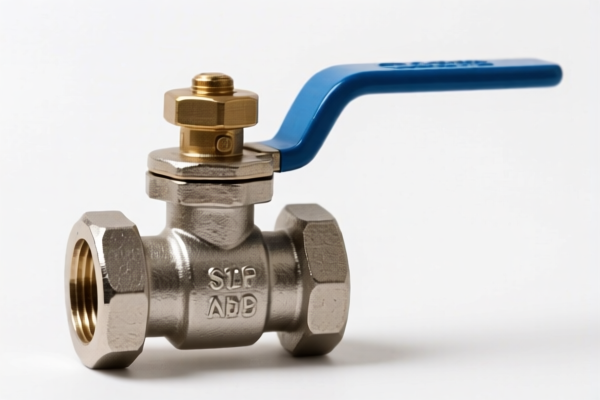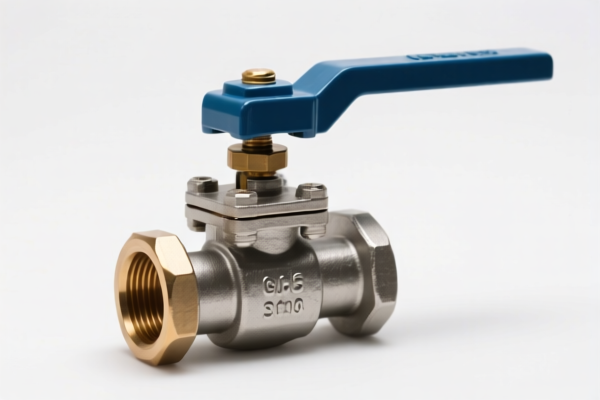| HS Code | Official Doc | Tariff Rate | Origin | Destination | Effective Date |
|---|---|---|---|---|---|
| 8481100020 | Doc | 57.0% | CN | US | 2025-05-12 |
| 8481809015 | Doc | 57.0% | CN | US | 2025-05-12 |
| 7326908688 | Doc | 82.9% | CN | US | 2025-05-12 |
| 7326908688 | Doc | 82.9% | CN | US | 2025-05-12 |
| 7307995045 | Doc | 84.3% | CN | US | 2025-05-12 |
| 7307995060 | Doc | 84.3% | CN | US | 2025-05-12 |
| 8538906000 | Doc | 58.5% | CN | US | 2025-05-12 |
| 8538908180 | Doc | 58.5% | CN | US | 2025-05-12 |
| 8548000000 | Doc | 55.0% | CN | US | 2025-05-12 |




Pressure Regulating Valve
A pressure regulating valve (PRV) is a valve designed to automatically reduce a high inlet pressure to a desired lower outlet pressure, maintaining that outlet pressure within a specified range, regardless of variations in inlet pressure or flow demand.
Material:
PRVs are constructed from a variety of materials depending on the application's fluid type, pressure, and temperature requirements. Common materials include:
- Brass: Often used in lower-pressure water applications.
- Stainless Steel: Provides corrosion resistance and is suitable for a wide range of fluids, including water, oil, and gas. Grades 304 and 316 are typical.
- Carbon Steel: Used in high-pressure applications with compatible fluids. Often coated for corrosion protection.
- Ductile Iron: Common for larger valve sizes and water applications.
- Alloys: Specialized alloys (e.g., Hastelloy, Monel) are used for highly corrosive or extreme temperature environments.
- Elastomers/Seals: Materials like NBR, EPDM, Viton, PTFE (Teflon) are used for seals and diaphragms, chosen for fluid compatibility and temperature range.
Purpose:
- Pressure Reduction: The primary function is to step down high pressure to a safe and usable level.
- System Protection: Prevents damage to downstream equipment sensitive to high pressure.
- Maintaining Constant Outlet Pressure: Ensures consistent performance of downstream processes.
- Flow Control: While not their primary function, PRVs can indirectly influence flow rates by maintaining a stable pressure.
Function:
PRVs operate based on a balance between forces. A typical PRV consists of:
- Valve Body: Contains the flow path.
- Diaphragm: Senses the outlet pressure.
- Spring: Provides a counterforce opposing the outlet pressure.
- Valve Seat & Disc: Control the flow of fluid.
As outlet pressure increases, it exerts force on the diaphragm, which moves to restrict flow, reducing the pressure. When outlet pressure drops, the spring force overcomes the diaphragm force, opening the valve to increase flow and raise the pressure. This creates a self-regulating system.
Usage Scenarios:
- Water Supply Systems: Reducing municipal water pressure to levels safe for residential or industrial use.
- Gas Distribution: Regulating gas pressure for appliances, industrial processes, and pipelines.
- HVAC Systems: Controlling steam pressure in heating systems.
- Industrial Processes: Maintaining consistent pressure for pneumatic or hydraulic systems, chemical processing, and manufacturing.
- Compressed Air Systems: Providing regulated air pressure for tools and equipment.
- Engine Fuel Systems: Regulating fuel pressure to injectors.
Common Types:
- Direct-Acting PRVs: Simple design, suitable for low to medium flow rates. Outlet pressure directly affects the valve operation.
- Pilot-Operated PRVs: Utilize a pilot valve to sense and control the outlet pressure. More accurate and suitable for high flow rates and larger valve sizes.
- Self-Actuated PRVs: Utilize the energy of the fluid itself to control the valve.
- Reducing Valves: Basic type that reduces pressure to a preset level.
- Relief Valves: Protect systems from overpressure by releasing excess pressure. (Often used in conjunction with PRVs).
- Proportional PRVs: Allow for adjustable pressure settings and can be integrated into control systems.
- Electro-Pneumatic PRVs: Use an electrical signal to control the valve opening and pressure setting.
Pressure regulating valves fall under several classifications based on the provided information. Here's a breakdown of relevant HS codes:
-
8481100020: This code covers taps, cocks, valves, and similar appliances for pipes, boiler shells, tanks, vats, etc., specifically including pressure-reducing valves and thermostatically controlled valves. The subheading '0020' denotes Hydraulic fluid power type. This is a direct match for pressure-reducing valves used in hydraulic systems. The total tax rate is 57.0%, comprised of a 2.0% base tariff and a 25.0% additional tariff, increasing to 30.0% after April 2, 2025.
-
8481809015: This code also covers taps, cocks, valves, and similar appliances, but categorizes 'Other appliances', specifically 'Other Regulator valves, self-operating, for controlling variables such as temperature, pressure, flow and liquid level'. This is applicable to self-operating pressure regulating valves. The total tax rate is 57.0%, with a 2.0% base tariff and a 25.0% additional tariff, increasing to 30.0% after April 2, 2025.
-
7326908688: This code covers 'Other articles of iron or steel', categorized as 'Other'. It's important to note this code applies to valves constructed from iron or steel. The total tax rate is 82.9%, consisting of a 2.9% base tariff and a 25.0% additional tariff, with a further increase to 30.0% after April 2, 2025, plus a 25% additional tariff on steel and aluminum products.
Regarding HS code 7326908688, please note the 25% additional tariff applies to steel and aluminum products. It is crucial to verify the material composition of the valve to determine the correct tariff application.
Customer Reviews
No reviews yet.